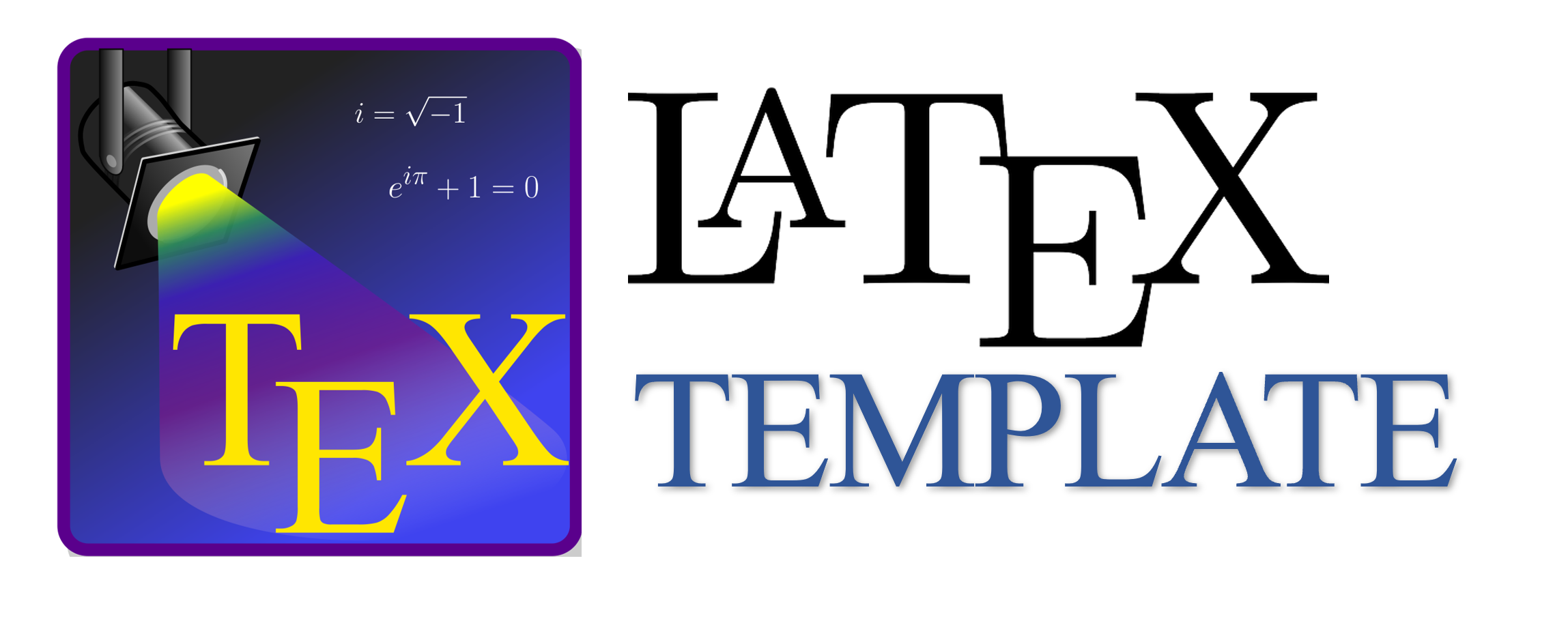Prediksi Spot Price Komoditas Emas Berjangka dengan Pendekatan Vector Error Correction Model
Abstract
Keywords
Full Text:
PDFReferences
C. M. Annur, "Tren investasi di masa depan, emas atau saham yang paling diminati?" 2022, [online] available: https://databoks.katadata.co.id/datapublish/2022/11/29/tren-investasi-di-masa-depan-emas-atau-saham-yang-paling-diminati.
B. P. S. (Badan Pusat Statistik), "Pertumbuhan ekonomi indonesia triwulan iii-2020" 2020, [online] available: https://www.bps.go.id/website/images/Pertumbuhan-Ekonomi-III-2020-ind.jpg.
K. S. E. I. (Kustodian Sentral Efek Indonesia), "Statistik pasar modal indonesia" Indonesia Central Securities Depository, 2022.
I. Djohari, "Harga berfluktuasi, emas jadi komoditas yang menarik untuk ditransaksikan" kontan, 2021, [online] available: https://investasi.kontan.co.id/news/harga-berfluktuasi-emas-jadi-komoditas-yang-menarik-untuk-ditransaksikan.
D. G. Baur and B. M. Lucey, "Is gold a hedge or a safe haven? an analysis of stocks, bonds and gold" Financial Review, vol. 45, no. 2, pp. 217-229, 2010, doi: 10.1111/j.1540-6288.2010.00244.x.
D. N. Gujarati, Basic econometrics. Prentice Hall, 2022.
T. C. Chiang, "Empirical analysis on the predictors of future spot rates" Journal of Financial Research, vol. 9, pp. 153-162, 1986.
S. Shafiee and E. Topal, "An overview of global gold market and gold price forecasting" Resources Policy, vol. 35, no. 3, pp. 178-189, 2010, doi: 10.1016/j.resourpol.2010.05.004.
H. Hassani, E. S. Silva, R. Gupta, and M. K. Segnon, "Forecasting the price of gold" Applied Economics, vol. 47, no. 39, pp. 4141-4152, 2015, doi: 10.1080/00036846.2015.1026580.
W. Kristjanpoller and M. C. Minutolo, "Gold price volatility: A forecasting approach using the artificial neural network-garch model" Expert Systems with Applications, vol. 42, no. 20, pp. 7245-7251, 2015, doi: 10.1016/j.eswa.2015.04.058.
M. Al-Ameer, W. Hammad, A. Ismail, and A. Hamdan, "The relationship of gold price with the stock market: The case of Frankfurt stock exchange" International Journal of Energy Economics and Policy, vol. 8, p. 357, 2018.
A. Parisi, F. Parisi, and D. D´Ä±az, "Forecasting gold price changes: Rolling and recursive neural network models" Journal of Multinational Financial Management, vol. 18, no. 5, pp. 477-487, 2008, doi: 10.1016/j.mulfin.2007.12.002.
C. Pierdzioch, M. Risse, and S. Rohloff, "A quantile-boosting approach to forecasting gold returns" The North American Journal of Economics and Finance, vol. 35, pp. 38-55, 2016, doi: 10.1016/j.najef.2015.10.015.
C. Pierdzioch and M. Risse, "Forecasting precious metal returns with multivariate random forests" Empirical Economics, vol. 58, no. 3, pp. 1167-1184, 2020, doi: 10.1007/s00181-018-1558-9.
M. Risse, "Combining wavelet decomposition with machine learning to forecast gold returns" International Journal of Forecasting, vol. 35, no. 2, pp. 601-615, 2019, doi: 10.1016/j.ijforecast.2018.11.008.
A. Yazdani-Chamzini, S. H. Yakhchali, D. Volungevicien'e, and E. K. Zavadskas, "Forecasting gold price changes by using adaptive network fuzzy inference system" Journal of Business Economics and Management, vol. 13, no. 5, pp. 994-1010, 2012, doi: 10.3846/16111699.2012.683808.
I. E. Livieris, E. Pintelas, and P. Pintelas, "A cnn-lstm model for gold price time-series forecasting" Neural Computing and Applications, vol. 32, no. 23, pp. 17 351-17 360, 2020, doi: 10.1007/s00521-020-04867-x.
P. K. Mahato and V. Attar, "Prediction of gold and silver stock price using ensemble models" in 2014 International Conference on Advances in Engineering & Technology Research (ICAETR-2014). IEEE, 2014, pp. 1-4.
R. F. Engle and C. W. Granger, "Co-integration and error correction: representation, estimation, and testing" Econometrica: journal of the Econometric Society, pp. 251-276, 1987.
S. Winarno, M. Usman, Warsono, D. Kurniasari, and Widiarti, "Application of vector error correction model (vecm) and impulse response function for daily stock prices" Journal of Physics: Conference Series, vol. 1751, no. 1, p. 012016, 2021, doi: 10.1088/1742-6596/1751/1/012016.
A. A. Aminarta and M. L. A. Kurniawan, "Analysis of macroeconomic indicators against the composite stock price index (cspi) in indonesia: Vector error correction model (vecm) approach" Journal of Economics Research and Social Sciences, vol. 5, no. 2, pp. 118-131, 2021, doi: 10.18196/jerss.v5i2.12267.
K. Humayun, N. Leonard, Z. Haiyue, and T. Yunjie, "A vector error correction model (vecm) approach in explaining the relationship between fixed investment and economic growth in rural china" Pacific International Journal, vol. 3, pp. 138-143, 2020.
W. S. Nugroho, A. B. Astuti, and S. Astutik, "Vector error correction model to forecasting spot prices for coffee commodities during covid-19 pandemic" Journal of Physics: Conference Series, vol. 1811, no. 1, p. 012076, 2021, doi: 10.1088/1742-6596/1811/1/012076.
D. M. Andrei and L. C. Andrei, "Vector error correction model in explaining the association of some macroeconomic variables in romania" Procedia Economics and Finance, vol. 22, pp. 568-576, 2015, doi: 10.1016/S2212-5671(15)00261-0.
J. H. Stock and M. W. Watson, "Vector autoregressions" Journal of Economic perspectives, vol. 15, pp. 101-115, 2001.
M. Lanne and H. Lutkepohl, "Stock prices and economic fluctuations: A Markov switching structural vector autoregressive analysis" 2008.
W. Enders, "Applied econometric time series fourth edition" New York (US): University of Alabama, 2015.
DOI: https://doi.org/10.34312/jjom.v5i2.18737
Copyright (c) 2023 Izma Fahria, Desy Yuliana Dalimunthe, Ririn Amelia, Ineu Sulistiana, Baiq Desy Aniska Prayanti

This work is licensed under a Creative Commons Attribution-NonCommercial 4.0 International License.
Jambura Journal of Mathematics has been indexed by
Jambura Journal of Mathematics (e-ISSN: 2656-1344) by Department of Mathematics Universitas Negeri Gorontalo is licensed under a Creative Commons Attribution-NonCommercial 4.0 International License. Powered by Public Knowledge Project OJS.
Editorial Office
Department of Mathematics, Faculty of Mathematics and Natural Science, Universitas Negeri Gorontalo
Jl. Prof. Dr. Ing. B. J. Habibie, Moutong, Tilongkabila, Kabupaten Bone Bolango, Gorontalo, Indonesia
Email: [email protected].




















